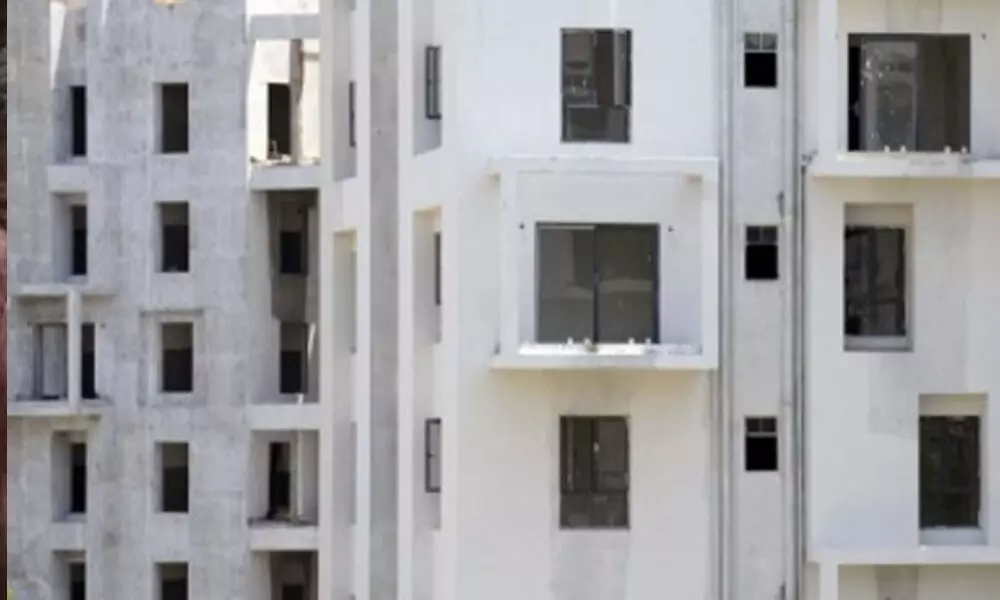Studio apartments' supply in 2020 drops for 1st time in 7 yrs
The share of studio apartments in new launches which had been rising since 2013 has witnessed a decline in 2020, according to a report by Anarock Property Consultants.
image for illustrative purpose

New Delhi, March 11 The share of studio apartments in new launches which had been rising since 2013 has witnessed a decline in 2020, according to a report by Anarock Property Consultants.
It noted that until recently, millennials were consistently driving up the demand for studio apartments in the top seven cities, to such an extent that, over the last seven years, developers customarily offered this configuration in their projects.
"Studio apartments' share in new launches had been rising y-o-y since 2013. However, the pandemic year of 2020 saw a sudden reversal of this trend," it said.
A studio apartment fundamentally consists of a single large room multitasking as living room and bedroom, with a small kitchenette. Only the bathroom is separated by a wall. Studio apartments have traditionally been favoured by bachelors, students, newly married couples beginning their homeownership journey with a 'starter' home, and business travellers who frequently visit a city for work.
Anarock data showed that out of the total 884 projects launched in 2020 across the top seven cities, about 130 projects offered studio apartments (15 per cent share). In contrast, of the 1,921 projects launched in 2019, around 368 (19 per cent) offered studio apartments.
Anuj Puri, Chairman of Anarock Property Consultants said: "The studio apartments trend so far can be clearly plotted. Out of the total 2,102 projects launched in 2013 in the top seven cities, just 75 projects (or 4 per cent) offered studio apartments. The share increased to 5 per cent in 2014, followed by a y-o-y increase in the overall share of projects offering this configuration."
He noted that the growth trend remained consistent till 2019, when the share was highest at about 19 per cent.
"In 2020, the COVID-19 pandemic hit, bringing with it the uniquely new WFH and study at home compulsions requiring larger homes," said Puri, adding that the onus also suddenly shifted from expensive central locations to the more cost-effective suburbs and peripheries.
In a single year, studio apartments' new supply share dipped to 15 per cent, he said.
The studio apartments phenomenon was historically strongest in west India, with Mumbai Metropolitan Region (MMR) and Pune predominantly driving the trend. Of the total projects with studio apartments launched in the top seven cities during 2013-2020, MMR and Pune together accounted for a massive 96 per cent share.
The average size of studio apartments (on built-up area) was highest in the National Capital Region (NCR) (400 square feet) and lowest in MMR (300 square feet).
In contrast, the southern cities of Bengaluru, Chennai and Hyderabad had never broadly adopted the the studio apartment trend, as just 34 projects in these three cities had this compact configuration in the same period, showed the Anarock report.
MMR has the highest supply share among all top seven cities in this period. Of 5,442 projects launched in MMR between 2013 and 2020, at least 25 per cent offer the studio apartment option. The numbers are less spectacular in other cities.
The Anarock report noted that 2020 kick-started a trend reversal wherein larger homes, spacious enough to accommodate home offices and online study spaces for children, began to be in higher demand, and developers accordingly amended their new supply configurations.

